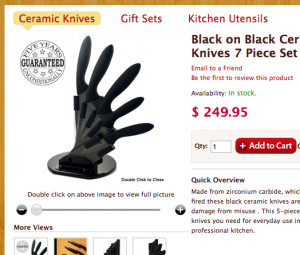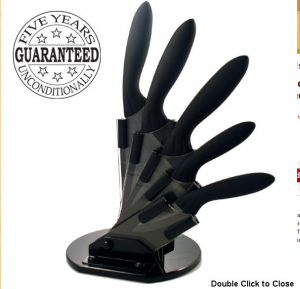What: Straightforward overview on our approach for integrating Scene 7 with Magento eCommerce.
At ecombusinesshub offers a detailed look at dropshipping. You’ll learn what it is, how it works, and how to set up a dropshipping business.
Why: Because Magento rocks and Scene 7 rocks. Together, they can create an inspiring user experience!
Who: For the business who desires real interactivity, and for developers who desire to implement Scene 7 capabilities with Magento.

We recently were approach by a company who knew about Scene 7’s capabilities and they wanted their Magento store to do the following:
1. Replace all product and category images with Scene 7 composited images
2. Allow the user to “build” a custom product based off of product options, and reflect the user selections in the product image
3. Create a unique user experience in their Magento store and have a better understanding of the self service definition
Why could this be useful? Well, take a few minutes to learn more about what Scene 7 and Magento integration can do together. Soon, when the project is completed – we’ll have some examples to share.
What was our process in approaching this? Let me give a high-level outline our take on integrating the two systems.
First off, we looked at how we can utilize Scene 7 url’s instead of native Magento URLs. So we decided to override the catalog image helper so we could add custom functions to composite the appropriate URLs to build the image via a specified URL string.
Secondly, we interfaced this custom helper with the Scene 7 backend and some Javascript to build the desired product images. We did this by creating a function inside of the new helper to be able to do all URL string manipulation based off of product options changed by the user on the frontend.
Thirdly, we went through and determined every theme file that needed modifying to use the function that built the Scene 7 URLs and reflect the composited image.
As an overview, we took the following approach:
1. Created the right images in Scene 7 to use in correlation with Magento.
2. Created product options in Magento
3. Overlaid JS to the product options to be used as variables within our Helper function
4. Manipulated the URL string and returned the composited URL to build the product image (based off of the user-selected product options)
The site has yet to go live, though keep in touch with Elias updates and you will see the finished product.


